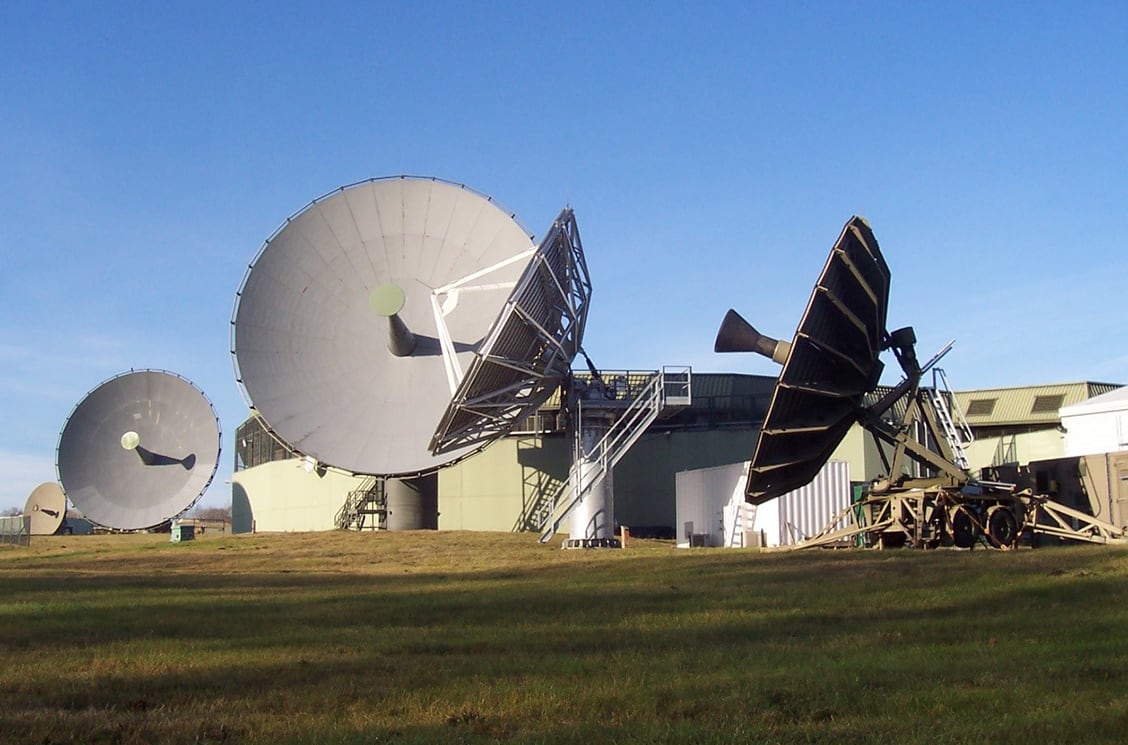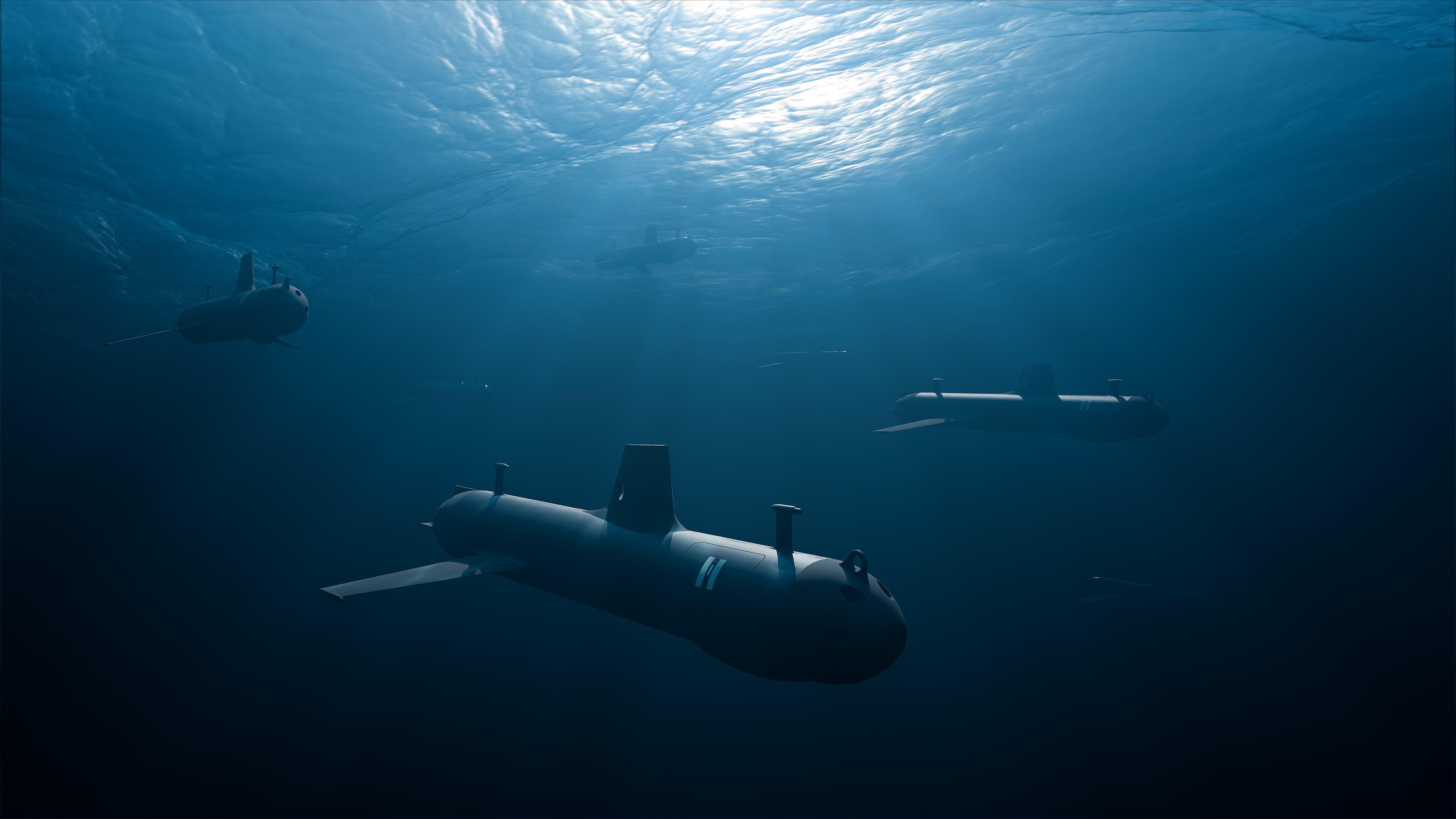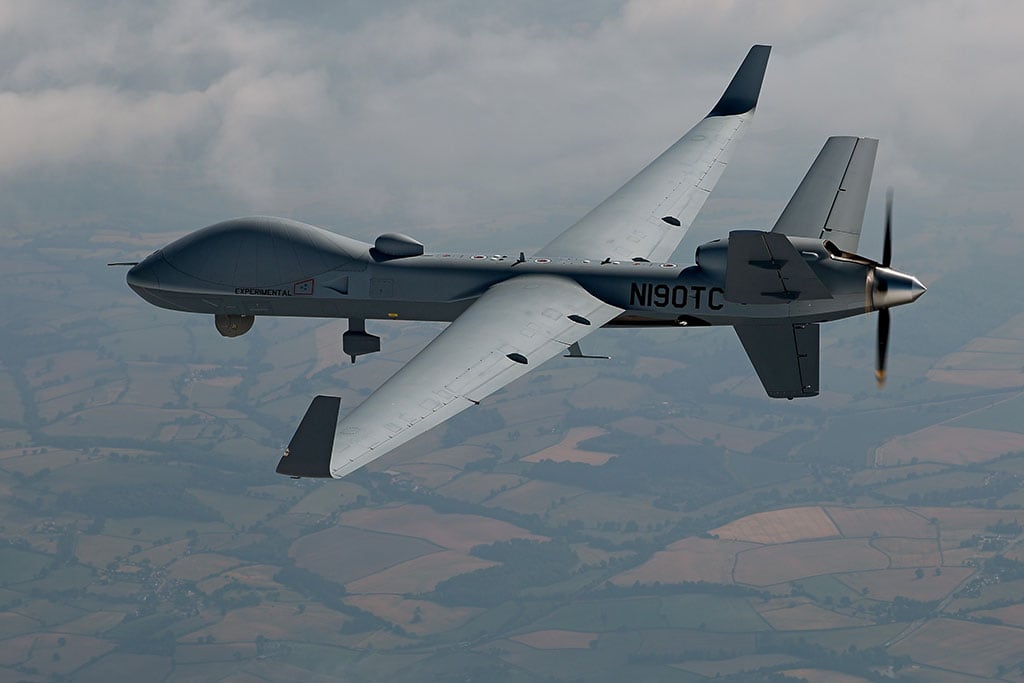In the mid-2000s, the Joint Improvised Explosive Device Defeat Organization, or JIEDDO, emanated out of a threat to U.S. troops that had grown out of control in the theaters of Operations Enduring Freedom and Iraqi Freedom. Now, as the Pentagon looks toward operations post-Iraq and –Afghanistan, JIEDDO is morphing to counter evolving dangers.
The Joint Improvised Threat-Defeat Agency (JIDA) is the follow-on organization to JIEDDO, targeting threats that are improvised but not necessarily limited to explosives. The combat support agency operates under the Under Secretary of Defense for Acquisition, Logistics and Technology, and is building on JIEDDO's coalition focus to take on emerging weapons and tactics.
"I would call an improved threat any adaption of available technologies, tactics, techniques and procedures that counter our technical overmatch," MG Julie Bentz, acting JIDA director, said in a recent interview with Federal News Radio. "The idea [is] that these are technologies that are abundantly cheap [and] easily transformed; all you need is available and expendable manpower to make it lethal. Necessity is the mother of invention and they're going to use any and all technologies to get in between our capabilities."
Non-explosive improvised threats can mean anything from compromising tunnels to suicide bombers exploiting precision-guided munitions to commandeering unmanned aerial vehicles for nefarious purposes. At the core is a global threat that has "metastasized" at the hands of agile, adaptive enemy organizations, Bentz said.
To counter that threat, JIDA's mission calls for a response that is equally adaptive, collaborative and innovative – without any interruptions to troop protection, she noted.
"One of the things we've been told in movement from JIEDDO to JIDA is to the warfighter it's going to be transparent," said Bentz, who said the organization has been reduced by 85 percent in its budget and 60 percent of its staff. "We're still incredibly relevant in a constrained budget environment because we're utilizing and leveraging a community of action, and that community of action is interagency partners, foreign governments we're working with so well in the coalition forces, industry, academia and the private sector. Because what we have to do is get after this adaptive threat by adapting and innovating in real time. And we can do that in a community of action approach."








